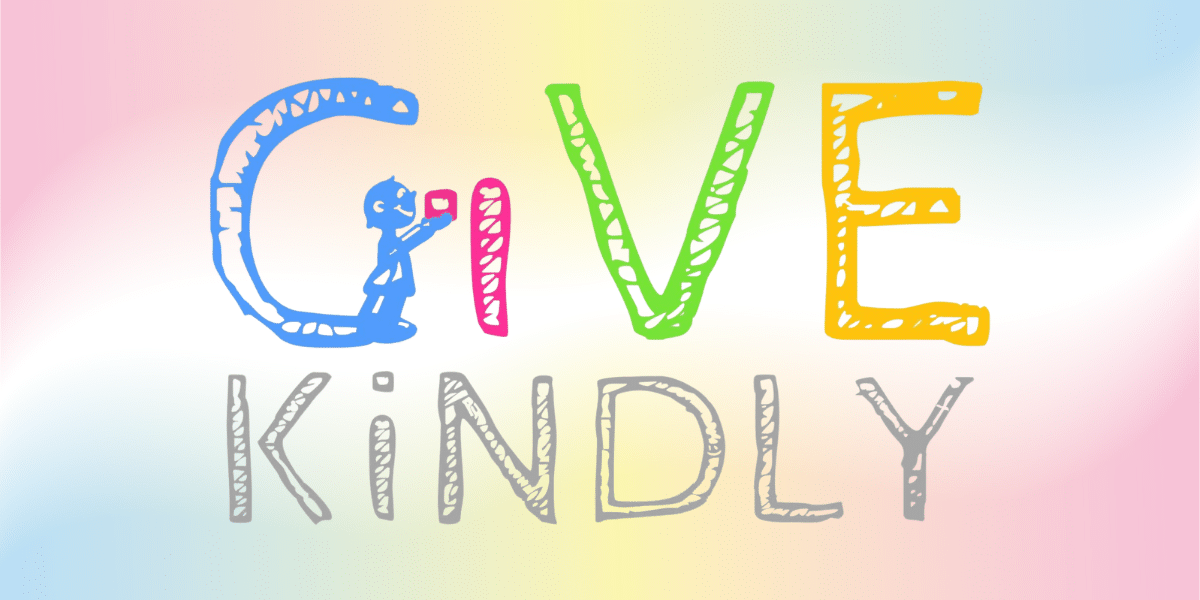As more people recognize the importance of quality sleep for overall well-being, interest in sleep optimization tools is on the rise. Quality rest impacts every aspect of health, from mental clarity and emotional stability to physical performance and immune function. In recent years, advancements in technology and a growing understanding of sleep science have led to a range of tools and practices that can help people achieve better rest and reap the health benefits of consistent, restorative sleep.
The Importance of Quality Sleep
Research underscores the value of sleep in enhancing cognitive function, regulating mood, and even supporting metabolism. Poor sleep can contribute to a host of health issues, including weakened immunity, decreased focus, and an increased risk of chronic conditions like heart disease and diabetes. Given the vital role sleep plays, optimizing it has become a priority for many seeking to boost their productivity, health, and quality of life.
Key Tools for Sleep Optimization
Various tools and technologies are available to support quality rest, from wearable sleep trackers to smart lighting systems and relaxation apps. Each of these tools addresses different aspects of the sleep cycle and environment, helping individuals tailor solutions to their unique needs.
1. Wearable Sleep Trackers
Wearable devices, such as the Oura Ring, Fitbit, and Apple Watch, provide detailed insights into sleep patterns, including sleep stages, duration, and quality. These devices collect data on REM, light, and deep sleep, helping users understand their sleep cycles and identify areas for improvement.
By offering actionable insights, sleep trackers enable users to adjust their routines based on data, such as setting earlier bedtimes, engaging in pre-sleep relaxation, or adjusting caffeine intake. Some trackers also provide heart rate and oxygen level monitoring, giving users a more comprehensive look at their nighttime recovery.
2. Smart Mattresses and Pillows
Smart mattresses, like those from Eight Sleep, offer advanced temperature regulation to maintain an ideal sleep environment. These mattresses adjust their cooling and heating based on the user’s body temperature, making it easier to stay comfortable throughout the night. In addition, they provide data on sleep patterns and even come with features like vibration-based wake-up alarms for gentle, non-disruptive wake-ups.
Smart pillows and sleep masks, such as the Moona Pillow, offer cooling features as well, particularly helpful for those who struggle with overheating at night. Some models include gentle soundscapes or vibrations to encourage relaxation, promoting deeper, more restful sleep.
3. White Noise Machines and Soundscapes
Background noise can make a significant difference for those sensitive to external sounds. White noise machines and soundscape apps provide soothing sounds like rain, ocean waves, or gentle breezes that mask disruptive noises, helping people fall asleep faster and stay asleep longer.
Apps like Calm and Headspace also offer sleep-specific features, such as guided meditations and sleep stories, designed to relax the mind and support a smoother transition into sleep. These sound-based tools have been particularly helpful for light sleepers or those living in urban areas with higher levels of noise pollution.
4. Smart Lighting Systems
Exposure to natural light during the day and darkness at night is essential for regulating the body’s internal clock, or circadian rhythm. Smart lighting systems, such as Philips Hue or Casper Glow, mimic the natural progression of daylight, gradually dimming as evening approaches to signal to the brain that it’s time for rest.
In the morning, these lights can slowly brighten, mimicking sunrise to help ease users awake more naturally. Smart lighting can also be customized to warmer tones in the evening, reducing blue light exposure, which has been shown to interfere with melatonin production and disrupt sleep.
5. Temperature Control Devices
Body temperature plays a critical role in sleep quality. As people enter deeper stages of sleep, the body temperature naturally drops. Tools like the ChiliPad or BedJet are designed to help regulate bed temperature, catering to those who experience discomfort from excessive heat or cold during the night.
By providing adjustable temperature settings, these devices allow each sleeper to maintain an ideal temperature, reducing wake-ups caused by temperature fluctuations. Many devices also allow for dual settings, enabling partners to customize their side of the bed independently.
6. Relaxation and Meditation Apps
Stress and mental stimulation can interfere with sleep, making it difficult to unwind at the end of the day. Meditation and relaxation apps, such as Insight Timer and Sleep Cycle, offer guided breathing exercises, body scans, and meditative soundscapes that calm the mind and prepare it for rest. These practices can reduce nighttime anxiety, making it easier for users to drift off and enjoy restorative sleep.
For those who find it challenging to relax in silence, apps like Breethe and Simple Habit also offer evening wind-down routines, providing structure to help users form a bedtime ritual that fosters sleep readiness.
Building a Routine for Optimal Sleep
While sleep optimization tools are valuable, establishing a consistent routine is essential for long-term sleep health. Creating a bedtime schedule, limiting screen time before bed, and avoiding caffeine late in the day are simple steps that can support better sleep. Combining a routine with these tools can maximize their effectiveness, helping users achieve deep, quality rest night after night.
Benefits of Quality Sleep for Overall Health
Optimizing sleep has far-reaching benefits beyond feeling rested. Quality sleep enhances cognitive function, helping with memory retention, decision-making, and creativity. Physically, it aids muscle recovery, supports immune function, and maintains hormonal balance. Emotionally, quality rest improves mood and resilience, making it easier to manage daily stressors.
For those managing chronic conditions, optimized sleep can also be beneficial, as adequate rest supports healing and may reduce symptoms. Sleep optimization tools make it possible for users to take charge of their sleep, directly contributing to improved well-being across various areas of health.
Conclusion: Achieving Better Rest with Technology and Routine
Incorporating sleep optimization tools into a consistent bedtime routine offers a modern approach to achieving better rest. As more people embrace these tools, they are discovering the benefits of deeper, more restful sleep and experiencing positive impacts on their health, mood, and productivity.
For those seeking to enhance sleep quality and overall wellness, exploring these tools can make a significant difference, transforming the sleep experience into a more effective and enjoyable part of life.
Published by: Holy Minoza












